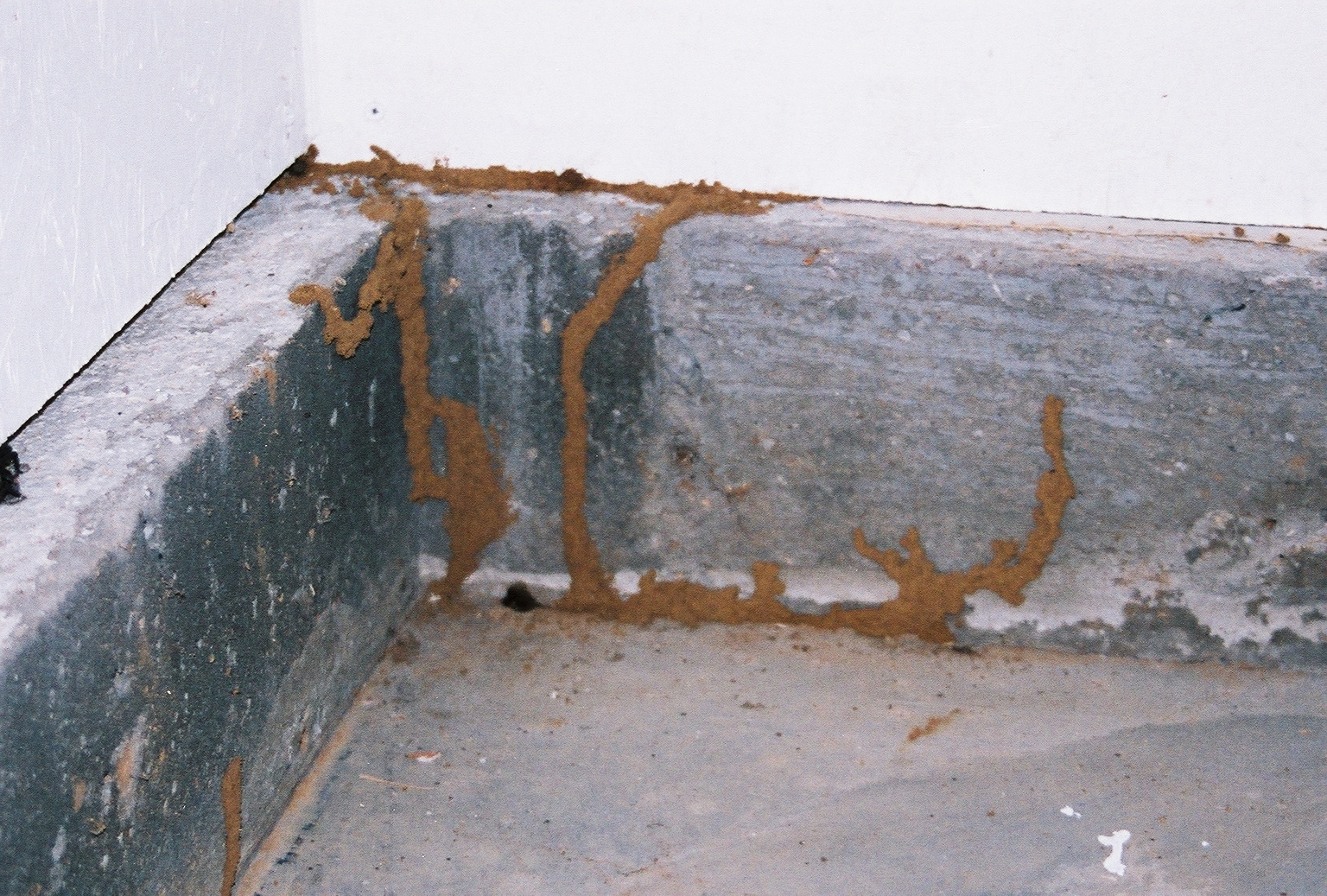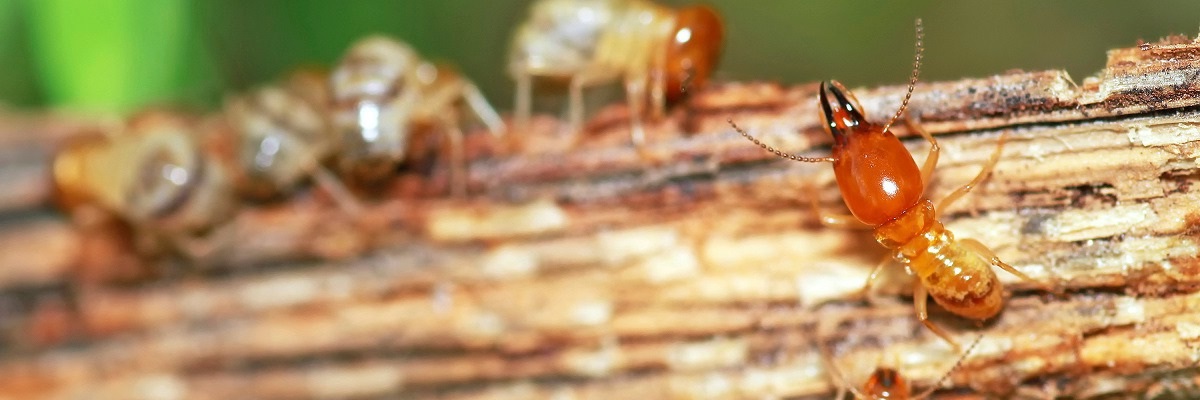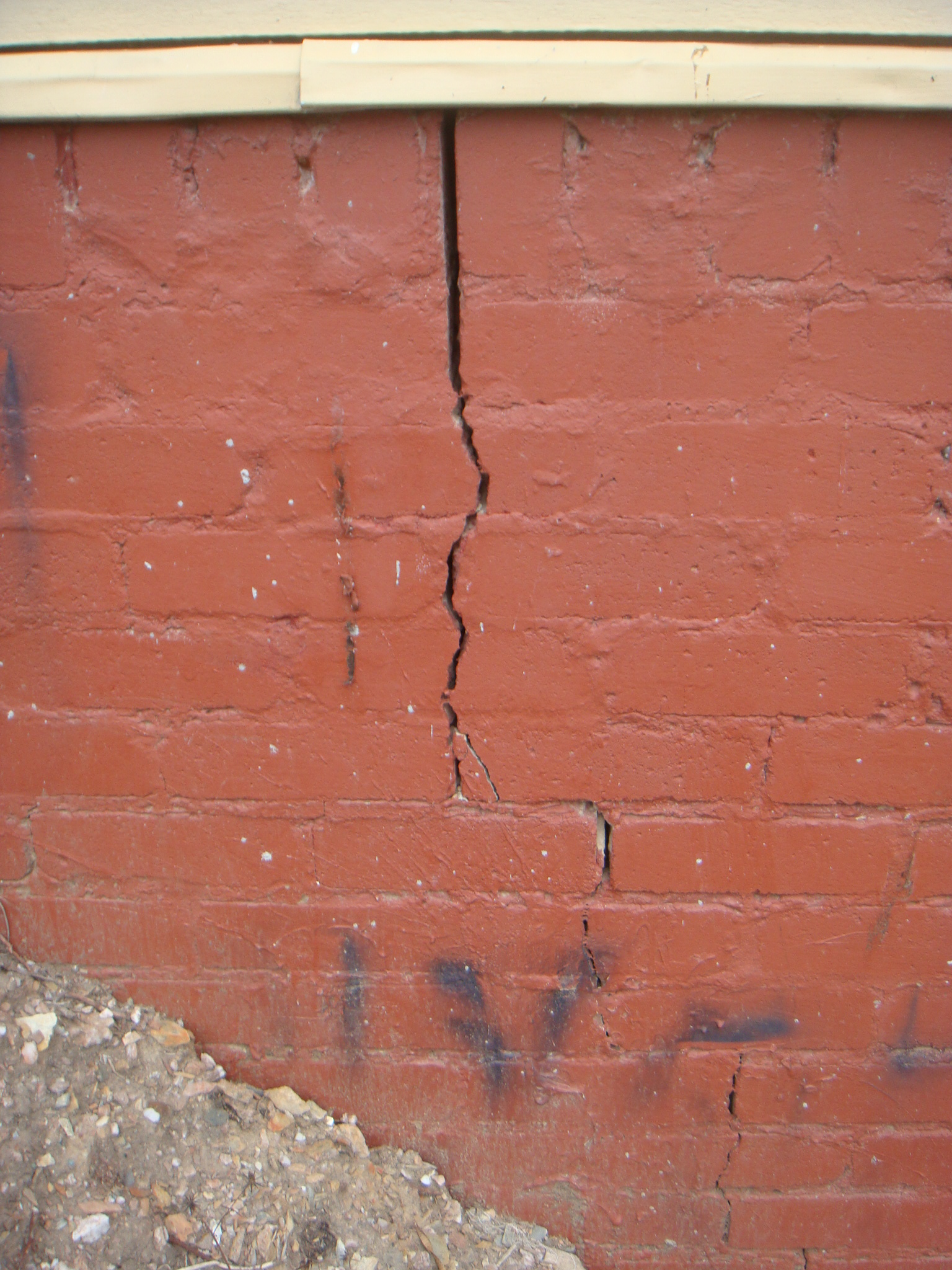Today we’re speaking with Danny Kelly of Pest-Ex, who provides professional pest control and termite treatment services in Brisbane, Gold Coast, Logan and Tweed Coast. Danny is going to provide some insights, guidance and advice in terms of tell tale signs that you may have a termite problem within your home.
1.YOU SPOT TERMITE MUD TRAILS

If you see small mud trails (about the size of the diameter of a pencil) on the outside walls, this could be a sign that you have a termite infestation. Termites make these “shelter tubes” for protection against the elements and other ants.
An unprotected weep hole, or a small crack or gap in the wall, provides direct access to the house for termites, so this is usually where they make these tubes. To check for termite mud trails, inspect the edges of the wall and lower edges of the brickwork as well as the point at which it touches the ground as these are commonly favoured by termites. Concrete stumps and uprights are both hot spots for termite invasions too.
You may also discover mud chutes inside your house, in which case you need to act immediately against the termite infestation. It’s important not to disturb or break a shelter tube to try to figure out what they are or to check if there are any living termites inside. You are fighting a losing battle – termites can repair them within 15 minutes – and by disturbing the tube you will make the termites move elsewhere, making it impossible to locate them. Also, avoid using store-bought pest control products from Bunnings or similar suppliers, or homemade solutions, on the problem area. Remember, it’s imperative that you avoid disturbing the mud trails or nest at all costs!
2.YOUR WALLS HAVE DARK STAINS ON THEM
If your internal walls have dark patches or stains on them, it is an indication that there are termites around. The termites create these mud stains on the walls when they build a sub-nest in the wall and find an entry point into your home. Because the termites use wet mud to build the sub-nest, the liquid stains the plaster. You can check this by pressing on the spot – the softened plaster often gives way and opens up the nest in the wall.
A prime location for this issue is bathrooms, in particular the external facing wall of these rooms. The termites are drawn to the moisture of bathrooms and can easily access them via cracks or the slab, which has plumbing penetrations. The gaps between the plumbing in the floors and walls also allow termites opportunities to enter your home and they then move into the framing of the walls where they build their nests. Kitchens, laundries and showers are also attractive to termites.
3.YOU SEE FLYING TERMITES

Termites grow wings when they are ready to mate because they want to move to a new location to start a new colony. It is a myth that termites don’t have wings and because of this many people mistake them for flying ants when they discover them.
If you find winged termites it is a sign that you may have a termite nest in your home. Common spots you will find them are on your screen doors or in the tracks of your windows. You may also see them flying out of the skirting boards.
4.YOU NOTICE TIMBER DETERIORATING
Bubbling of painted wood or the softening of timber in your home could indicate a termite infestation. One of the places this commonly occurs is on skirting boards that suddenly start to disintegrate. They begin to crumble because termites devour the skirting board and only leave the paint layer intact. When you bump this with the vacuum cleaner it all falls apart and you realise it is hollow inside.
5.YOU HEAR CLICKING IN THE WALLS

At night when the house is quiet and everyone is in bed you might hear unusual sounds coming from the walls. Does this sound familiar? You hear a noise similar to rice cereal that has just had milk poured on it… If you hear this, there may be termites at work in your walls.






